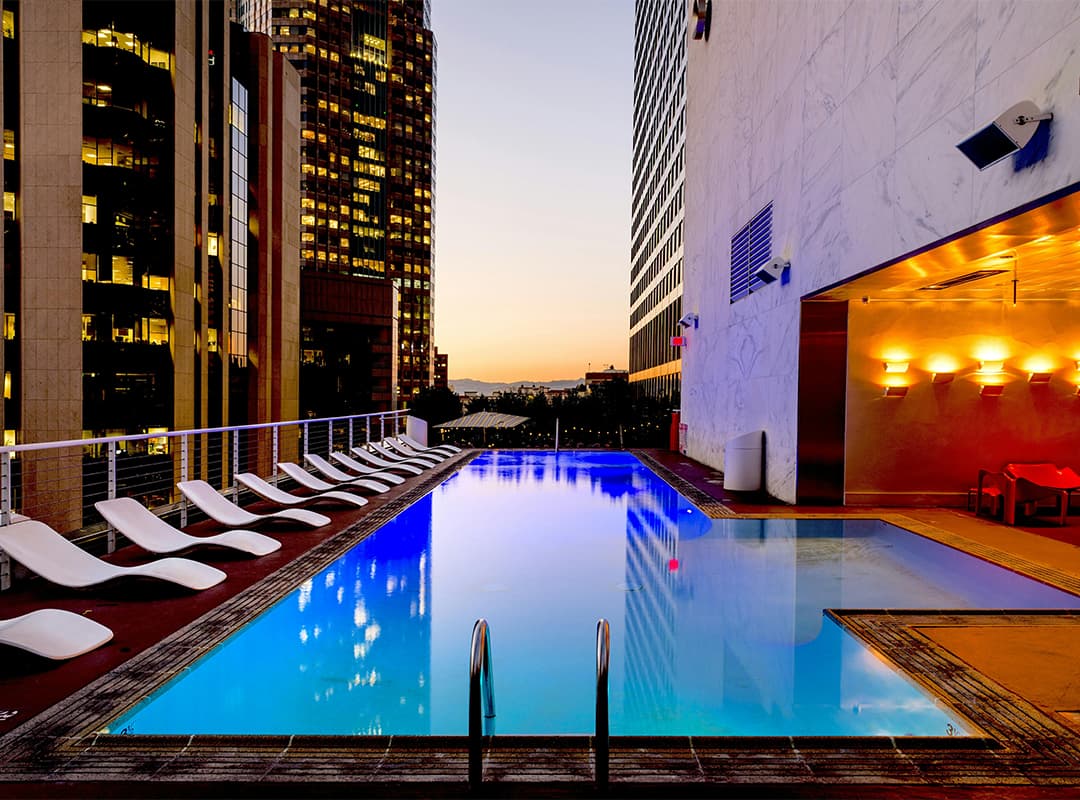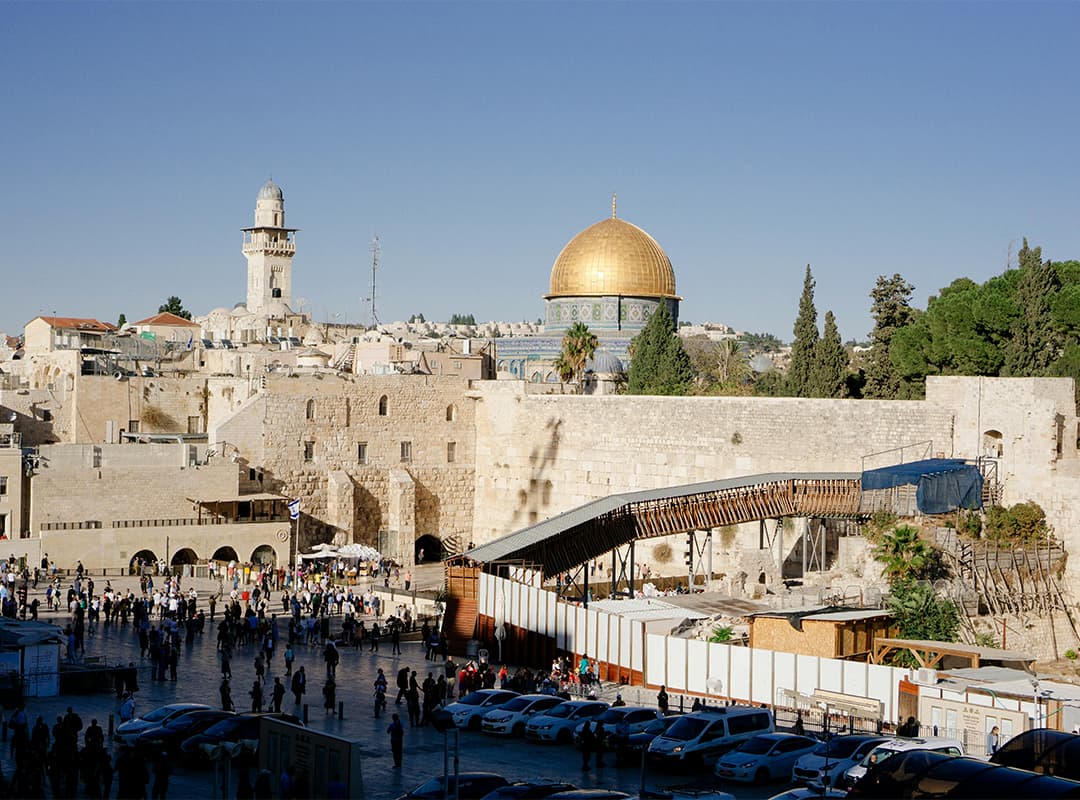The Dead Sea, the lowest place on earth at 434 meters below sea level, attracts visitors with healing mineral waters, air so oxygenated it protects you from sunburn, oases full of rare animals, and world-class historical sites that (almost) bring the Roman Empire to life.
Prepare to plunge into soothing water so salty it becomes slimy, see wild ibex in spring oases, and climb the Masada, where ancient Jews fought a dramatic last stand against the legions of Rome.
Beaches and resorts of the Dead Sea
The most important point of visiting the Dead Sea is the cobalt-blue lake itself, in whose waters – in the territory of Israel and the Palestinian Territories in the west and Jordan in the east – the salt concentration is 34%, which is 10 times higher than in the ocean. The lake, which is part of the Great Rift Valley, is fed by the Jordan River but has no outlet.
On the Israeli shore, the best place to swim is Ein Bokek Beach, along the southern depression of the turquoise-colored sea. Completely reconstructed several years ago, this wide public beach, sandy and clean, has lifeguards and offers a variety of free amenities, including shade canopies, changing cabins, outdoor showers, toilets, a paved promenade and night lighting.
A few hours of pampering in a mineral spa is a great complement to a soothing swim. Spas in Ein Bokek hotels offer freshwater pools, saunas, mineral baths, and health and beauty treatments; most have day rates for non-guests. In some places, such as the Ein Gedi Spa, you can cover yourself in invigorating black mineral mud, which is drawn from the bottom of the Dead Sea.
Attention: sinkholes
In recent years, the land around the northern Dead Sea basin has been affected by sinkholes, formed when fresh water dissolves underground salt deposits. Since they can open without warning and have been known to swallow unsuspecting passersby, it is safe to visit only a few places on the coast. In Israel, the only accessible beach along the northern basin, where the water level drops by about a meter a year, is in the Ein Gedi spa; its shuttle service will take you to the shoreline.
The Arc de Triomphe in Paris was inspired by the monumental Arch of Titus in Rome, built to commemorate the victory of the Roman legions against the Jewish revolt that swept through Judea in 66 AD and was finally completed seven years later near the Dead Sea. Masada, a mountain overlooking the northern Dead Sea basin, served as a place of refuge for about a thousand Jews after the destruction of Jerusalem. When a Roman battering ram stood to breach the walls of their redoubt, ending a months-long siege, the defenders of Masada famously chose suicide over enslavement.
Ein Gedi Nature Reserve
Ein Gedi Nature Reserve, one of the most enchanting desert oases in the region, encompasses two spring canyons, Wadi David and Wadi Arugot, which run from the Judean Desert to the shores of the Dead Sea. Short walks along the river will lead you to year-round waterfalls and freshwater pools (swimming is allowed) surrounded by lush vegetation. Animals you are likely to spot include the Nubian goat and the boulder-dwelling daman (dassie). Nearby are the ruins of an ancient synagogue, known for its outstanding mosaic floor from the 5th century.



